Home>Maintenance & Safety>Safety Equipment & Products>How To Childproof A Doorknob
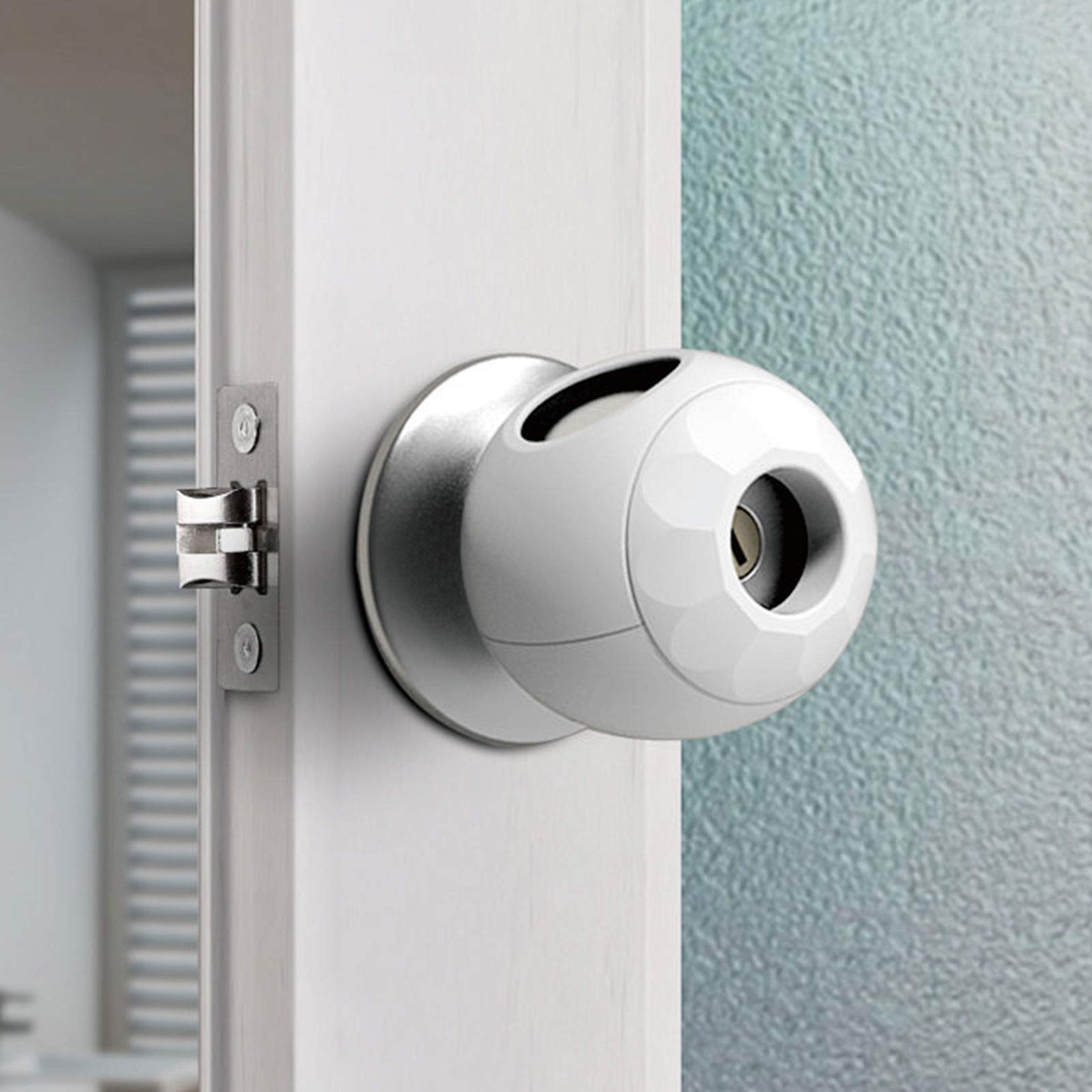

Safety Equipment & Products
How To Childproof A Doorknob
Modified: January 14, 2024
Learn how to childproof a doorknob with the best safety equipment and products. Keep your little ones safe at home with these simple tips and solutions.
(Many of the links in this article redirect to a specific reviewed product. Your purchase of these products through affiliate links helps to generate commission for Storables.com, at no extra cost. Learn more)
Introduction
Childproofing a doorknob is a crucial aspect of creating a safe environment for your little ones. Whether you're a new parent or a seasoned caregiver, ensuring that doors are properly secured can prevent accidents and give you peace of mind. In this guide, we'll explore the various methods and products available to childproof a doorknob effectively. From understanding the risks to choosing the right childproofing products and installing them, we'll cover everything you need to know to safeguard your child against potential hazards. Let's embark on this journey to create a secure and nurturing space for your little explorers.
Key Takeaways:
- Childproofing doorknobs prevents accidents and gives peace of mind by using covers, locks, and barriers to keep children safe from pinched fingers, hazardous areas, and lock-ins or lockouts.
- Regularly testing and adjusting childproofing devices, securing hazardous areas, and maintaining open communication create a safe and nurturing environment for children to explore and thrive.
Read more: What Makes Childproof Containers Childproof?
Understanding the Risks
Before delving into the process of childproofing a doorknob, it’s essential to comprehend the potential risks associated with unrestricted access to doors for young children. Doors present various hazards, including the risk of pinched fingers, entering unsafe areas, and accidental lock-ins or lockouts.
Pinched fingers are a common occurrence when children curiously grasp or play with doorknobs, which can result in painful injuries. Moreover, doors leading to areas such as the kitchen, bathroom, or utility room may pose threats due to sharp objects, cleaning supplies, or heavy machinery. Additionally, the possibility of accidental lock-ins or lockouts can cause distress and panic for both the child and caregiver.
Understanding these risks underscores the importance of implementing effective childproofing measures to mitigate potential dangers. By addressing these risks proactively, you can create a secure environment that allows children to explore and learn safely within the confines of your home.
Choosing the Right Childproofing Products
When it comes to childproofing doorknobs, selecting the appropriate products is pivotal in ensuring the safety and security of your little ones. There is a wide array of childproofing devices available, each designed to address specific concerns and door types. Here are some essential childproofing products to consider:
- Childproof Doorknob Covers: These covers are designed to fit over standard doorknobs, preventing young children from turning them and gaining access to potentially hazardous areas. They are typically made of durable, non-toxic materials and are easy to install.
- Door Lever Locks: Ideal for lever-style door handles, these locks effectively prevent children from depressing the lever and opening the door. They are designed to be sturdy and tamper-resistant, offering an additional layer of security.
- Door Knob Safety Covers: Similar to doorknob covers, these safety covers encase the entire knob, making it challenging for young children to grip and turn the knob. They are simple to install and provide a reliable barrier.
- Sliding Door Locks: For sliding doors, these locks restrict the door’s movement, preventing children from opening or closing them without supervision. They are particularly useful for patio or balcony doors that pose potential fall hazards.
When selecting childproofing products, it’s essential to consider the specific type of door and knob/handle you are dealing with. Additionally, prioritize products that are durable, easy to install, and compliant with safety standards. Opting for non-toxic materials is also crucial to ensure the well-being of your child.
Furthermore, it’s beneficial to explore product reviews and seek recommendations from other parents or caregivers to gain insights into the effectiveness and reliability of different childproofing solutions. By choosing the right childproofing products, you can create a secure barrier that allows your child to explore their surroundings safely.
Installing Childproofing Devices
Once you have selected the appropriate childproofing products for your doorknobs, the next step is to ensure their correct installation. Proper installation is crucial in maximizing the effectiveness of these devices and maintaining a secure environment for your child. Here are the general steps for installing common childproofing devices:
- Childproof Doorknob Covers: Start by placing the cover over the doorknob and aligning it properly. Ensure that the locking mechanism is securely fastened and that the cover rotates freely around the knob. Follow the manufacturer’s instructions to complete the installation.
- Door Lever Locks: These locks typically require minimal tools for installation. Position the lock over the door handle, ensuring that it fits snugly and the locking mechanism functions smoothly. Test the lock to verify that it effectively prevents the lever from being depressed.
- Door Knob Safety Covers: Similar to doorknob covers, these safety covers should be securely placed over the knob. Confirm that the cover fits properly and rotates smoothly without impeding the doorknob’s functionality. Follow the provided guidelines for a secure installation.
- Sliding Door Locks: Depending on the type of sliding door lock, follow the manufacturer’s instructions to affix the lock securely to the door or track. Test the lock to ensure that it restricts the door’s movement as intended, providing a reliable barrier for your child.
It’s important to carefully read and understand the installation instructions provided with each childproofing device. Following the manufacturer’s guidelines ensures that the devices are installed correctly and function as intended. Additionally, take the time to inspect the installed devices to confirm that they are firmly in place and capable of withstanding a child’s attempts to bypass them.
While installing these devices, it’s beneficial to involve the child in the process, explaining the purpose of the safety measures and emphasizing the importance of not tampering with them. By engaging the child in this manner, you can foster their understanding of safety protocols and encourage responsible behavior around doors.
By diligently installing childproofing devices, you can fortify your home against potential hazards and provide a secure environment for your child to explore and thrive.
Consider installing a doorknob cover or lock to prevent young children from opening doors. These devices can be easily installed and provide an extra layer of security to keep little ones safe.
Testing and Adjusting Childproofing Devices
After installing childproofing devices on your doorknobs, it’s crucial to thoroughly test and adjust them to ensure their effectiveness in safeguarding your child. Regular testing and occasional adjustments can address any wear and tear, guaranteeing that the devices continue to provide reliable protection. Here’s how to test and adjust common childproofing devices:
- Childproof Doorknob Covers: Test the cover by attempting to turn the doorknob. Ensure that it spins freely within the cover while preventing a child’s grip from engaging the knob. If the cover feels loose or the locking mechanism is compromised, consider replacing it to maintain optimal security.
- Door Lever Locks: Verify that the lock effectively prevents the door lever from being depressed. If the lock shows signs of wear or becomes less secure over time, adjust or replace it as needed to maintain its functionality and reliability.
- Door Knob Safety Covers: Similar to doorknob covers, these safety covers should be tested to ensure that they impede the doorknob’s operation while allowing it to function normally for adults. If the cover becomes loose or obstructs the doorknob’s movement, make necessary adjustments or seek a replacement.
- Sliding Door Locks: Test the sliding door lock to confirm that it effectively restricts the door’s movement, preventing it from being opened by a child. If the lock becomes less secure or shows signs of damage, consider readjusting or replacing it to maintain its protective function.
Regularly testing and adjusting childproofing devices is essential for upholding the safety measures in your home. Additionally, as your child grows and develops, periodic adjustments may be necessary to accommodate their increasing dexterity and strength. By remaining vigilant and proactive, you can ensure that the childproofing devices continue to serve their purpose effectively.
Furthermore, it’s important to educate other family members, caregivers, and visitors about the presence and function of these childproofing devices. By fostering a collective understanding of their significance, you can reinforce the safety measures and promote consistent adherence to the established protocols.
By diligently testing and adjusting childproofing devices, you can maintain a secure environment for your child, allowing them to navigate their surroundings confidently while minimizing potential risks.
Read more: How To Childproof A Fireplace
Additional Tips for Childproofing Doors
Childproofing doors extends beyond the installation of specific devices; it involves a comprehensive approach to creating a safe and secure environment for your child. In addition to utilizing childproofing products, consider the following tips to enhance the overall safety of doors within your home:
- Supervision and Education: Actively supervise your child when they are near doors, especially those leading to potentially hazardous areas. Educate them about the purpose of childproofing devices and the importance of seeking adult assistance when attempting to open doors.
- Secure Hazardous Areas: Identify and secure areas that pose potential risks, such as the kitchen, bathroom, and garage. Use safety gates or locks to restrict access to these spaces, complementing the childproofing measures on the doors themselves.
- Regular Maintenance: Routinely inspect and maintain the childproofing devices on your doors. Check for any signs of wear, damage, or tampering, and promptly address any issues to ensure continual effectiveness.
- Clear Pathways: Keep doorways and adjacent areas free of clutter and obstacles. Unobstructed pathways reduce the risk of tripping or falling hazards, promoting safe navigation for both children and adults.
- Consistent Communication: Maintain open communication with caregivers, family members, and visitors about the importance of adhering to the established safety measures. Encourage a collective commitment to maintaining a secure environment for the child.
By incorporating these additional tips into your childproofing strategy, you can bolster the protective measures around doors and promote a safer living space for your child. Consistent vigilance and proactive measures contribute to a secure environment that allows children to explore and thrive with confidence.
Conclusion
Childproofing a doorknob is a fundamental aspect of creating a safe and nurturing environment for your child. By understanding the potential risks associated with unrestricted access to doors and implementing effective childproofing measures, you can significantly reduce the likelihood of accidents and promote a secure living space. Choosing the right childproofing products tailored to your specific door types and consistently maintaining them is paramount in safeguarding your child’s well-being.
Proper installation, regular testing, and occasional adjustments of childproofing devices are essential steps in upholding the protective measures around doors. Additionally, supplementing these efforts with comprehensive safety practices, supervision, and education further reinforces the secure environment for your child to explore and grow.
As you embark on this journey of childproofing, remember that open communication with family members, caregivers, and visitors is vital in ensuring a collective commitment to maintaining a safe living space. By integrating these strategies and fostering a shared understanding of the importance of childproofing, you can create an environment where your child can thrive with confidence.
Ultimately, the goal of childproofing a doorknob goes beyond physical safety; it encompasses the emotional well-being and freedom for your child to discover their surroundings without unnecessary risks. By embracing a holistic approach to childproofing, you are not only creating a secure space but also nurturing a sense of trust and security that allows your child to flourish within the confines of your home.
With a steadfast commitment to childproofing and a deep understanding of the risks and preventive measures, you can cultivate a home environment where your child can embark on their journey of growth and exploration with the utmost safety and assurance.
Frequently Asked Questions about How To Childproof A Doorknob
Was this page helpful?
At Storables.com, we guarantee accurate and reliable information. Our content, validated by Expert Board Contributors, is crafted following stringent Editorial Policies. We're committed to providing you with well-researched, expert-backed insights for all your informational needs.

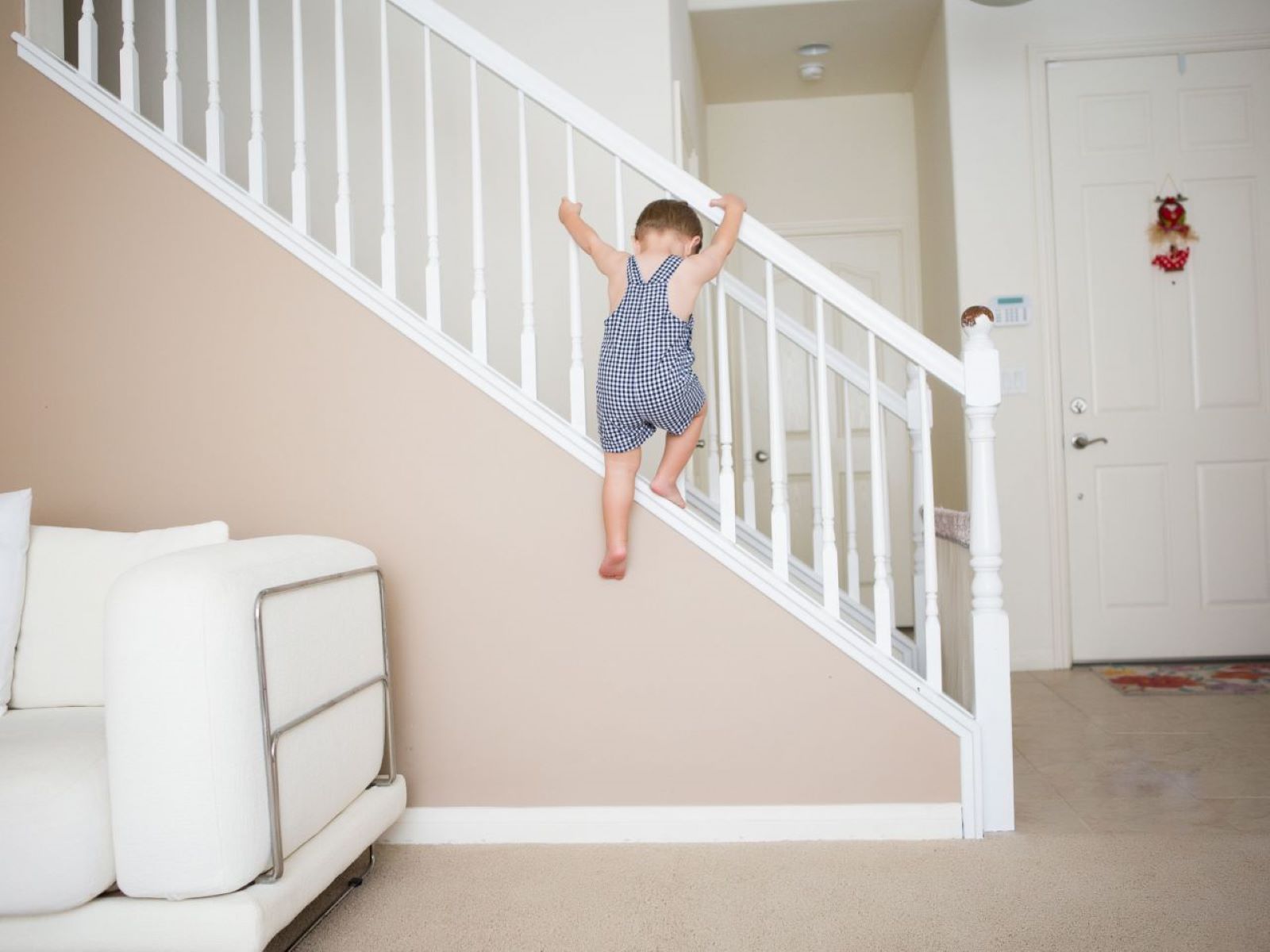
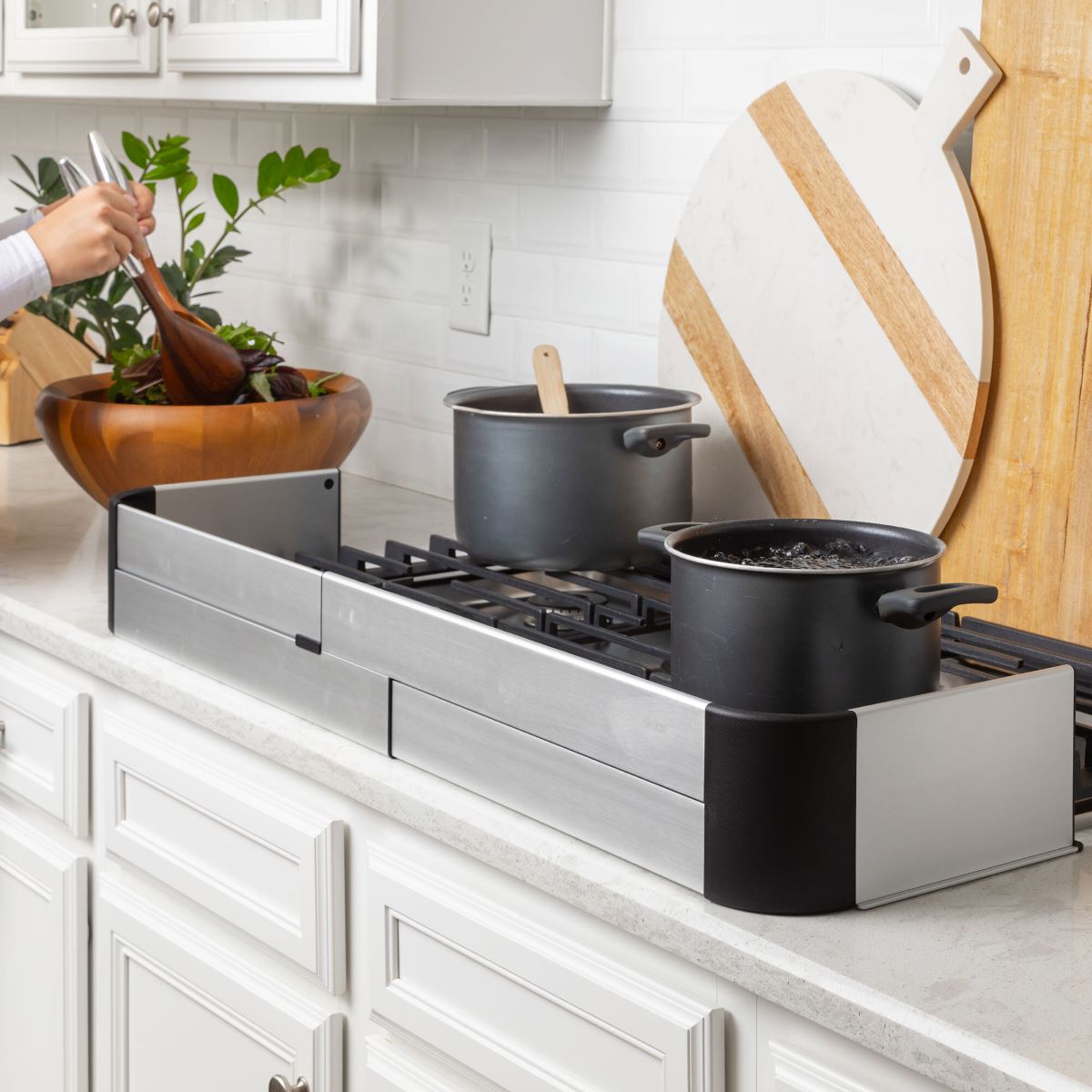

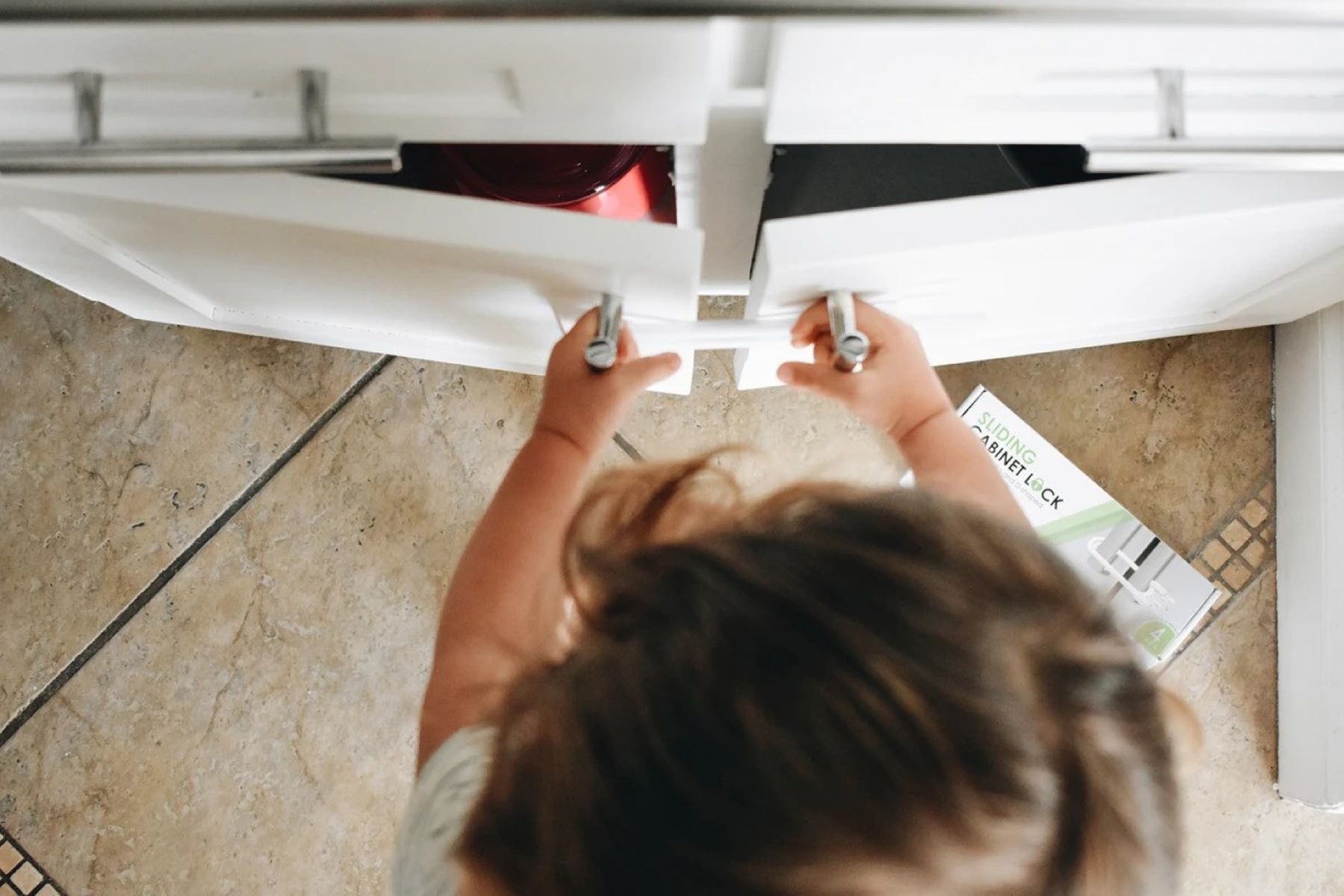
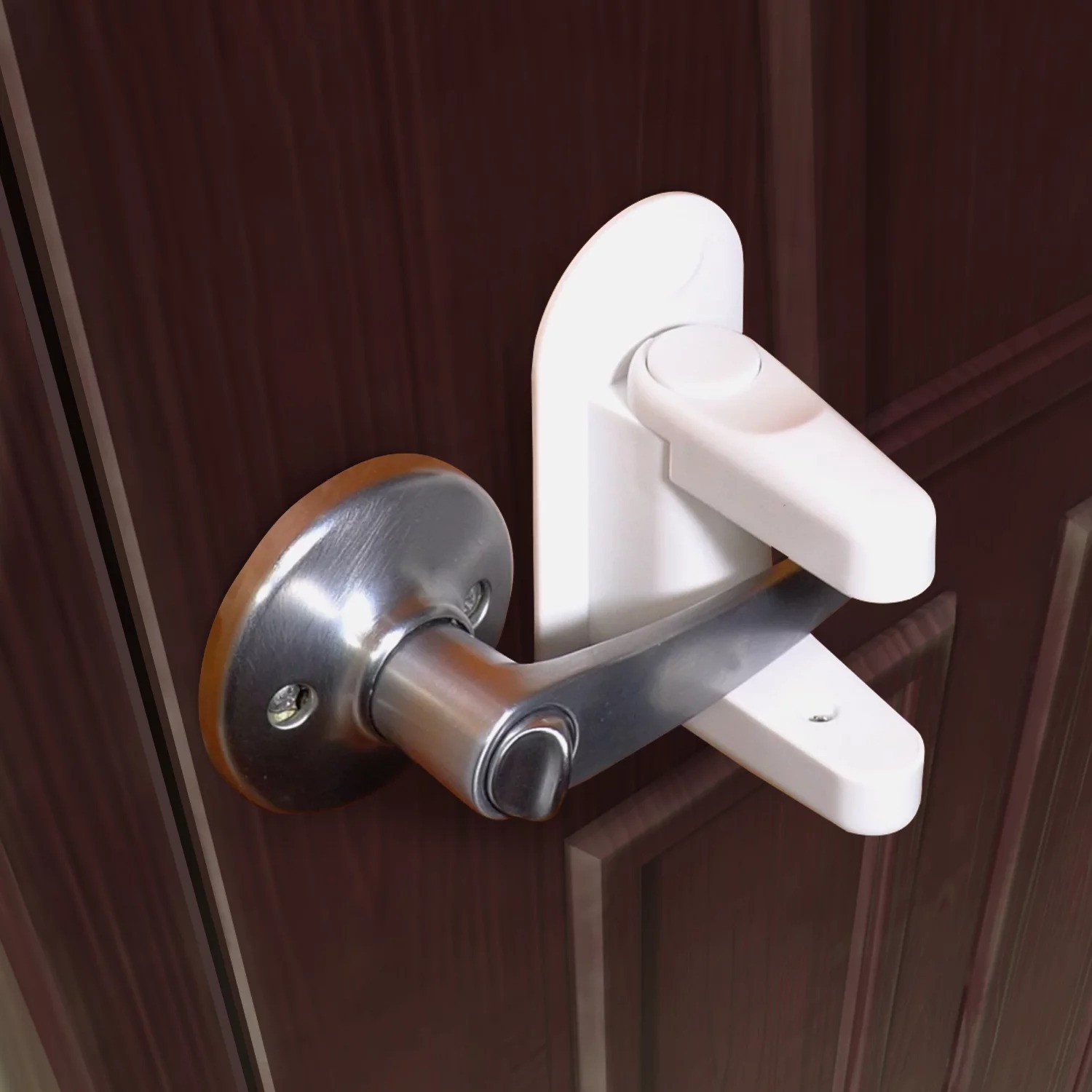
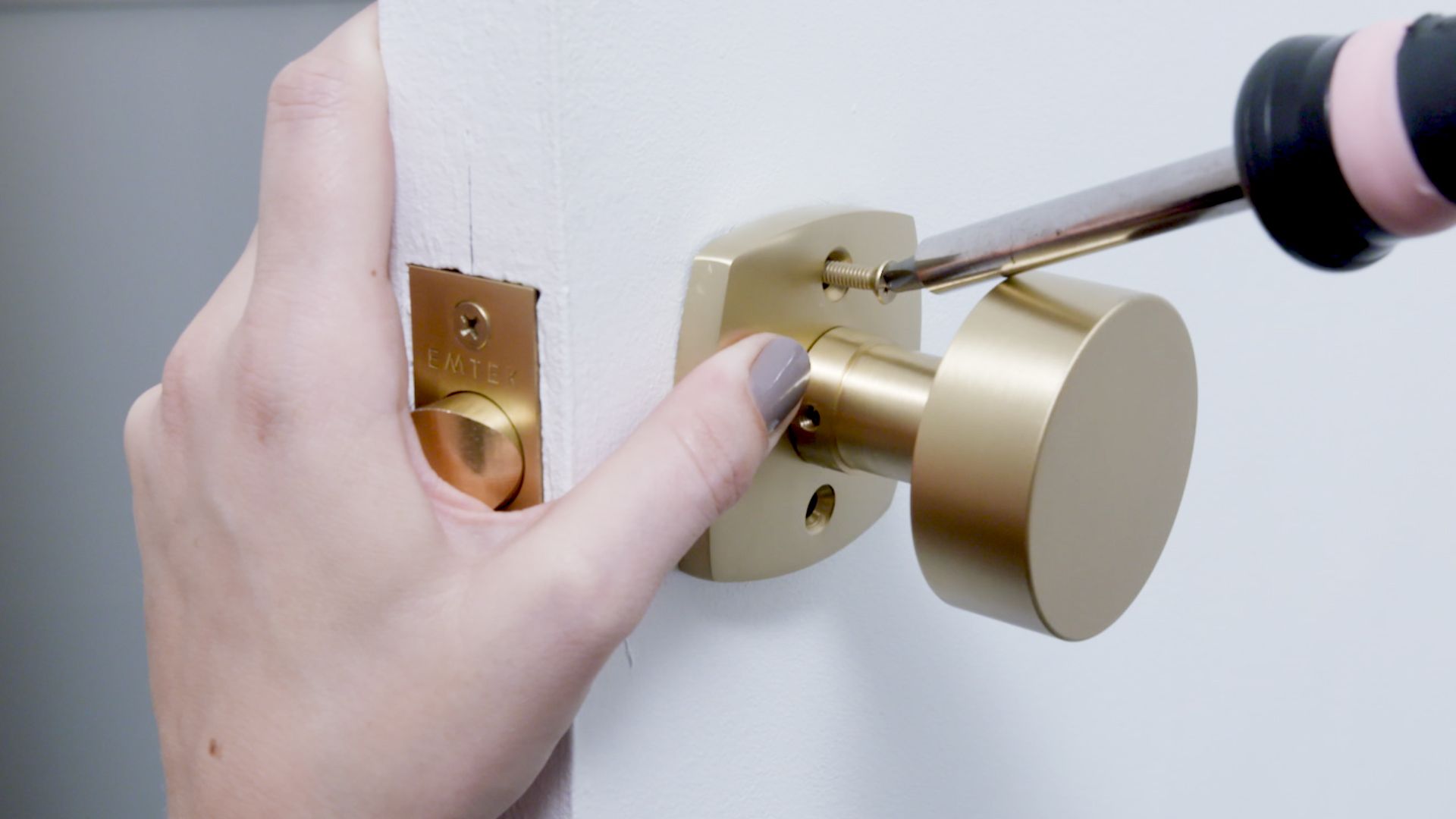
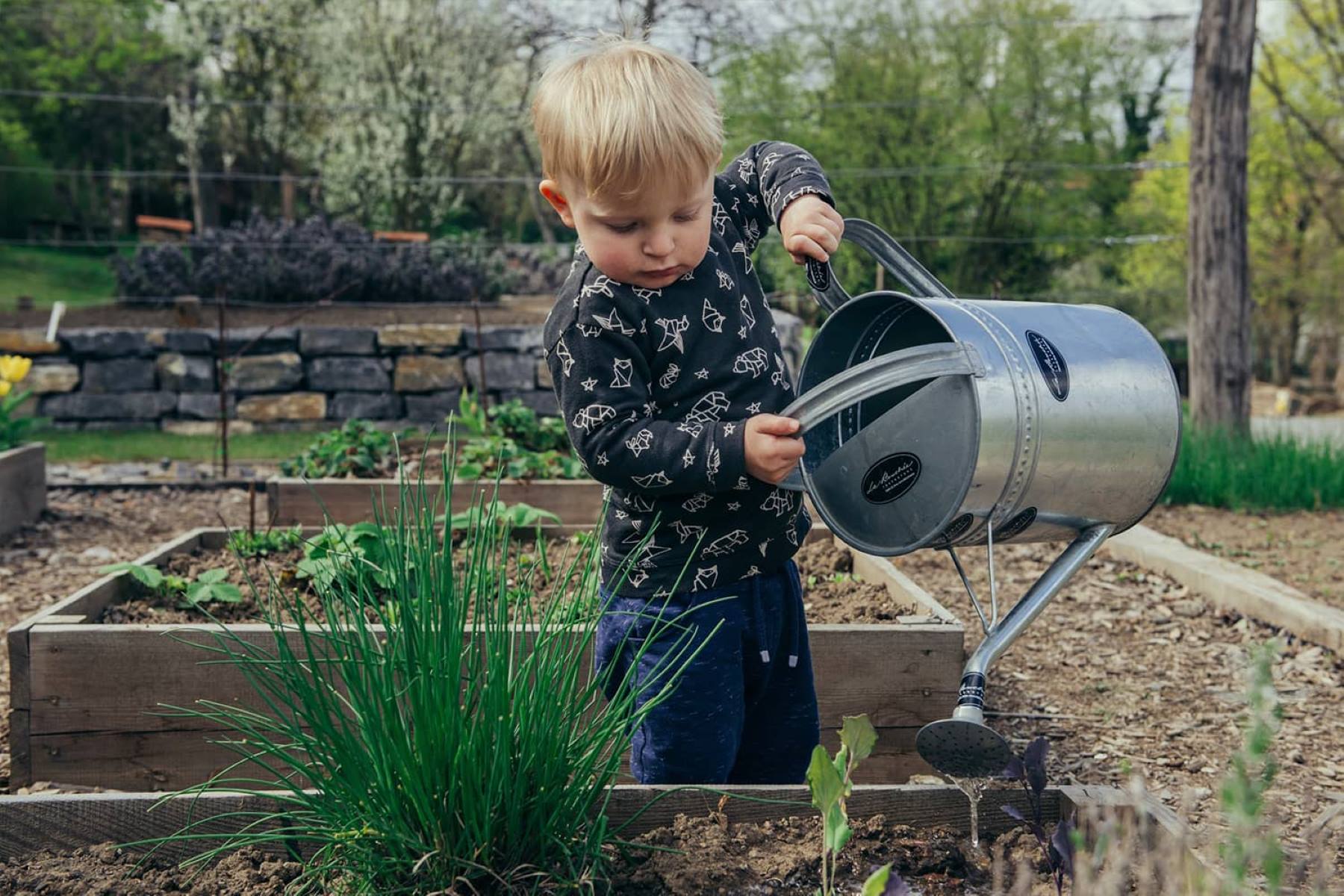
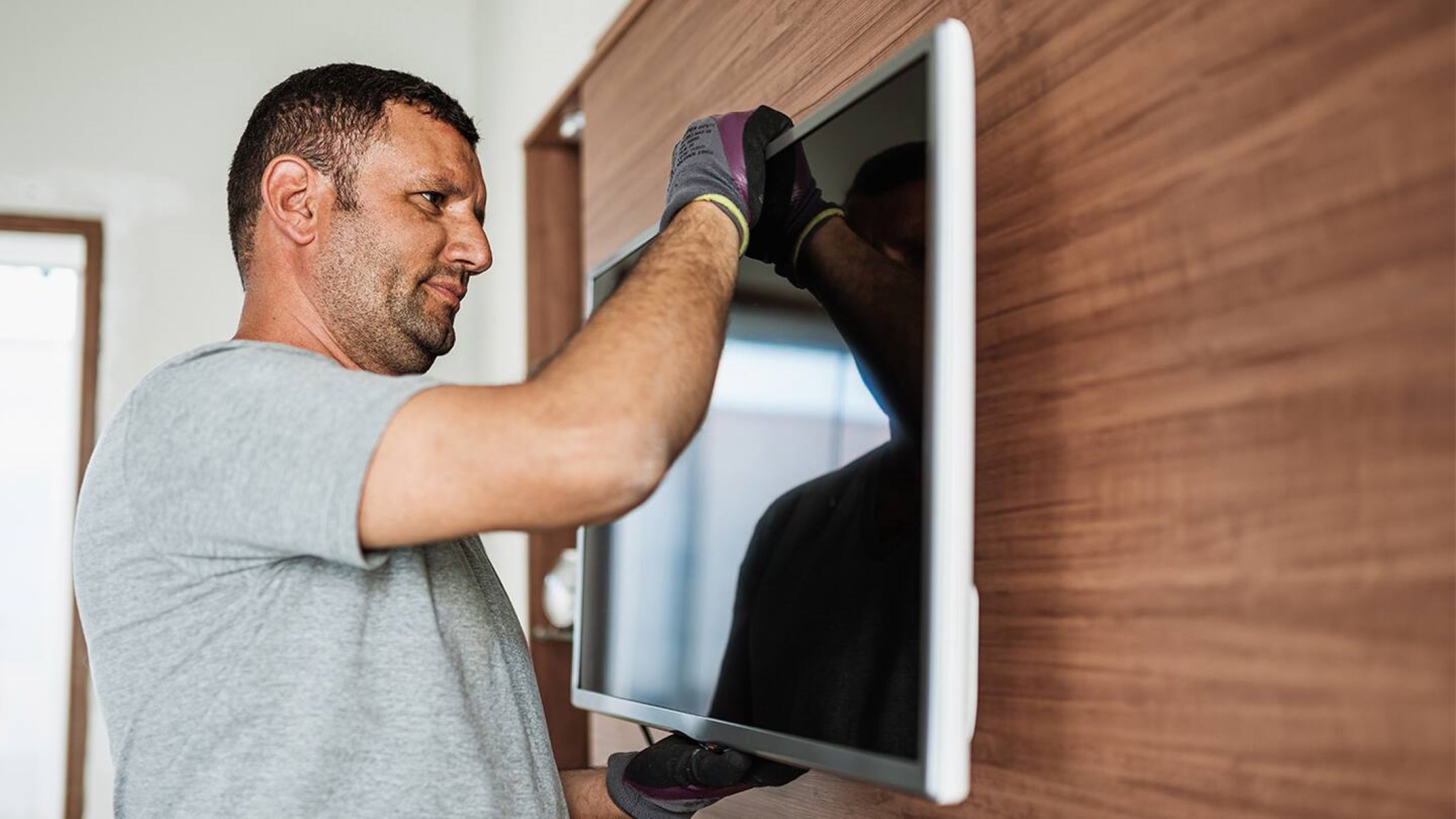
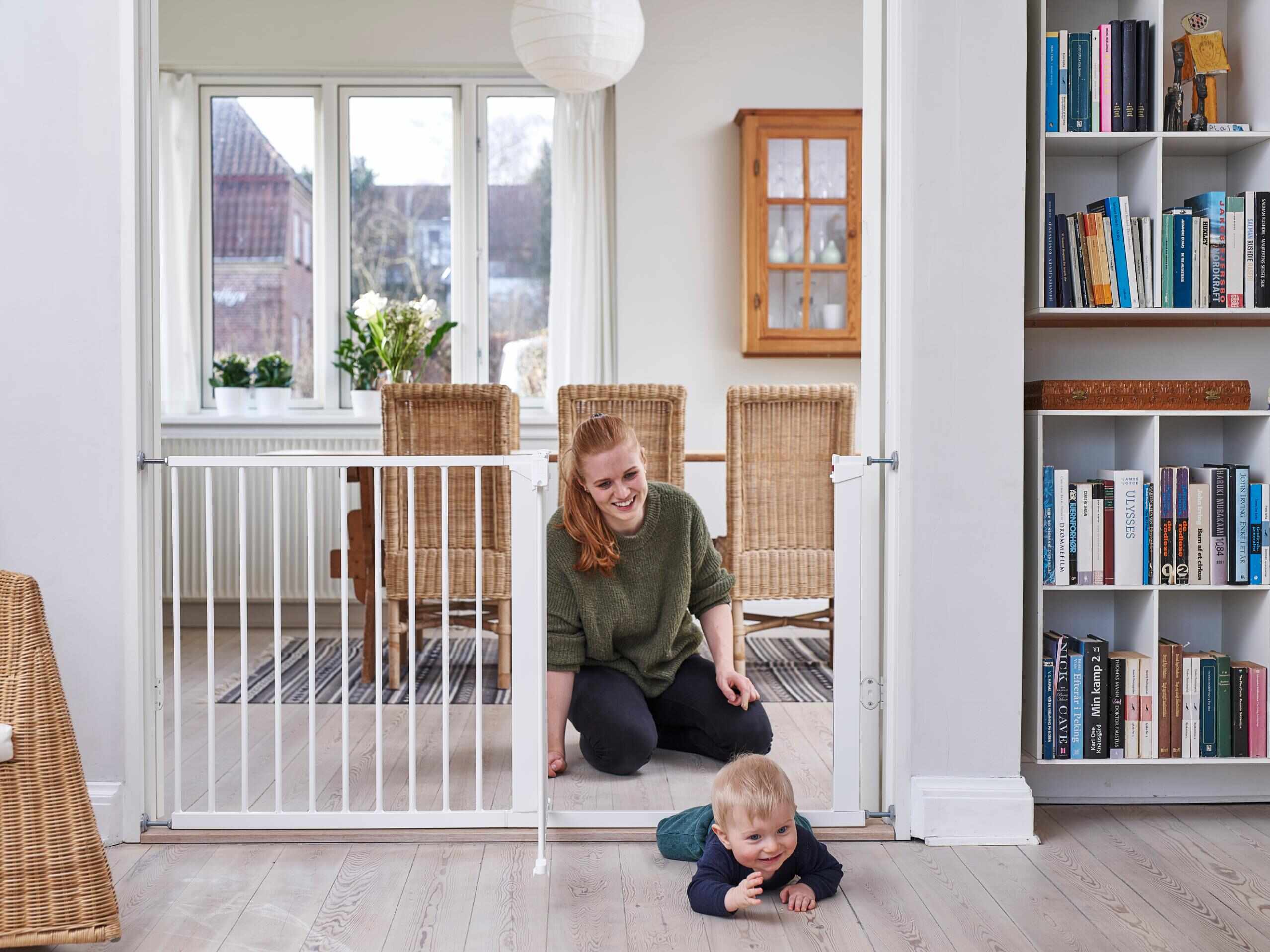
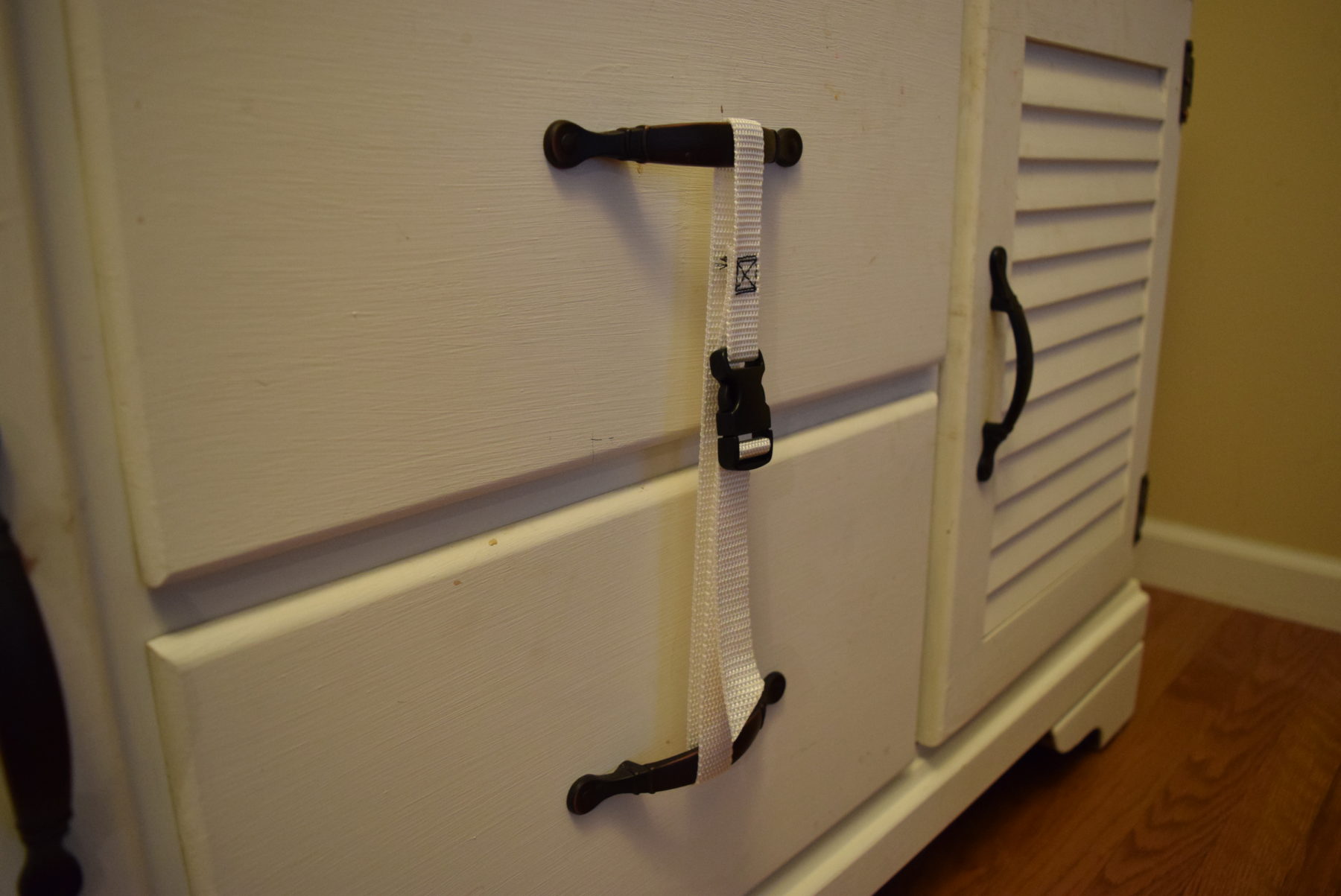
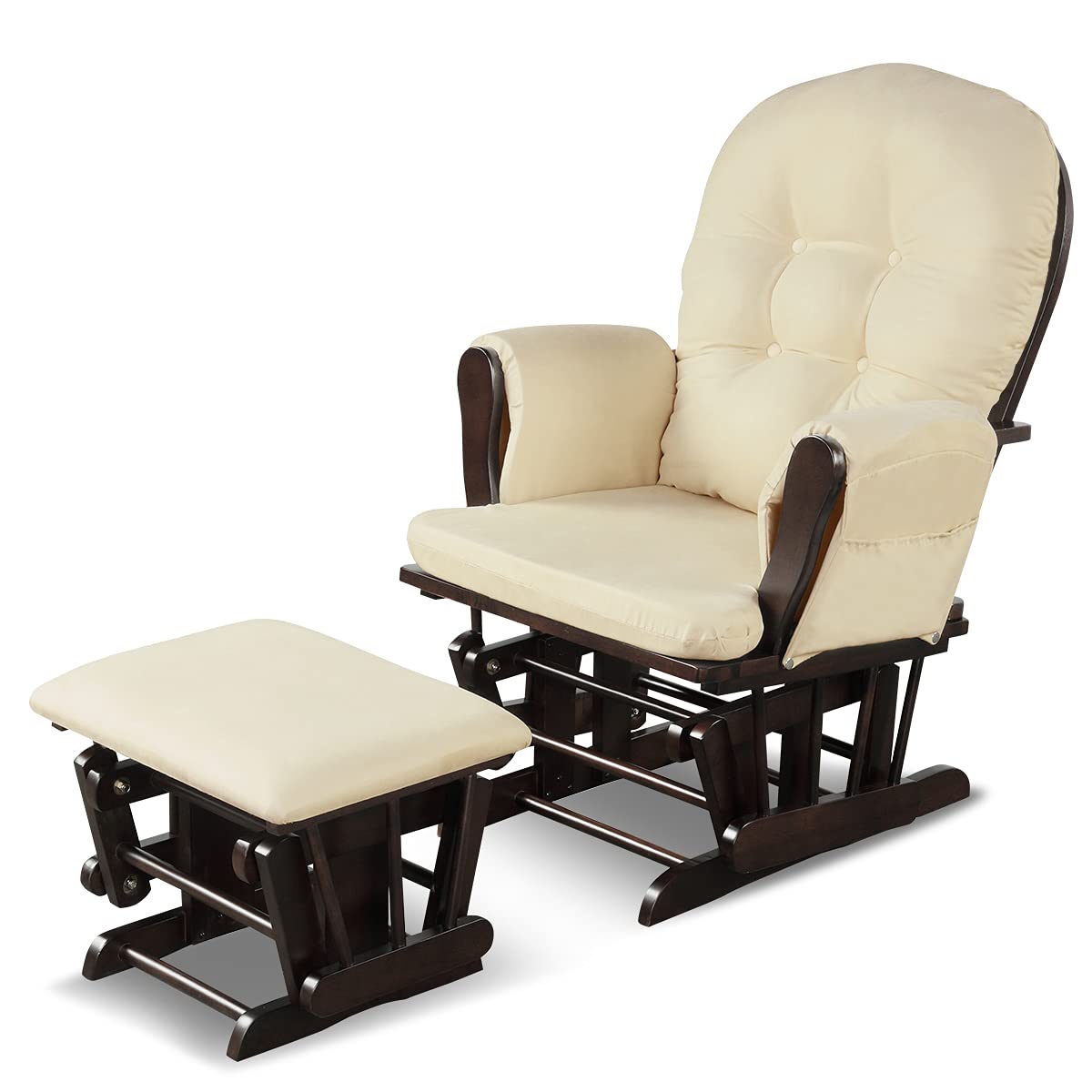
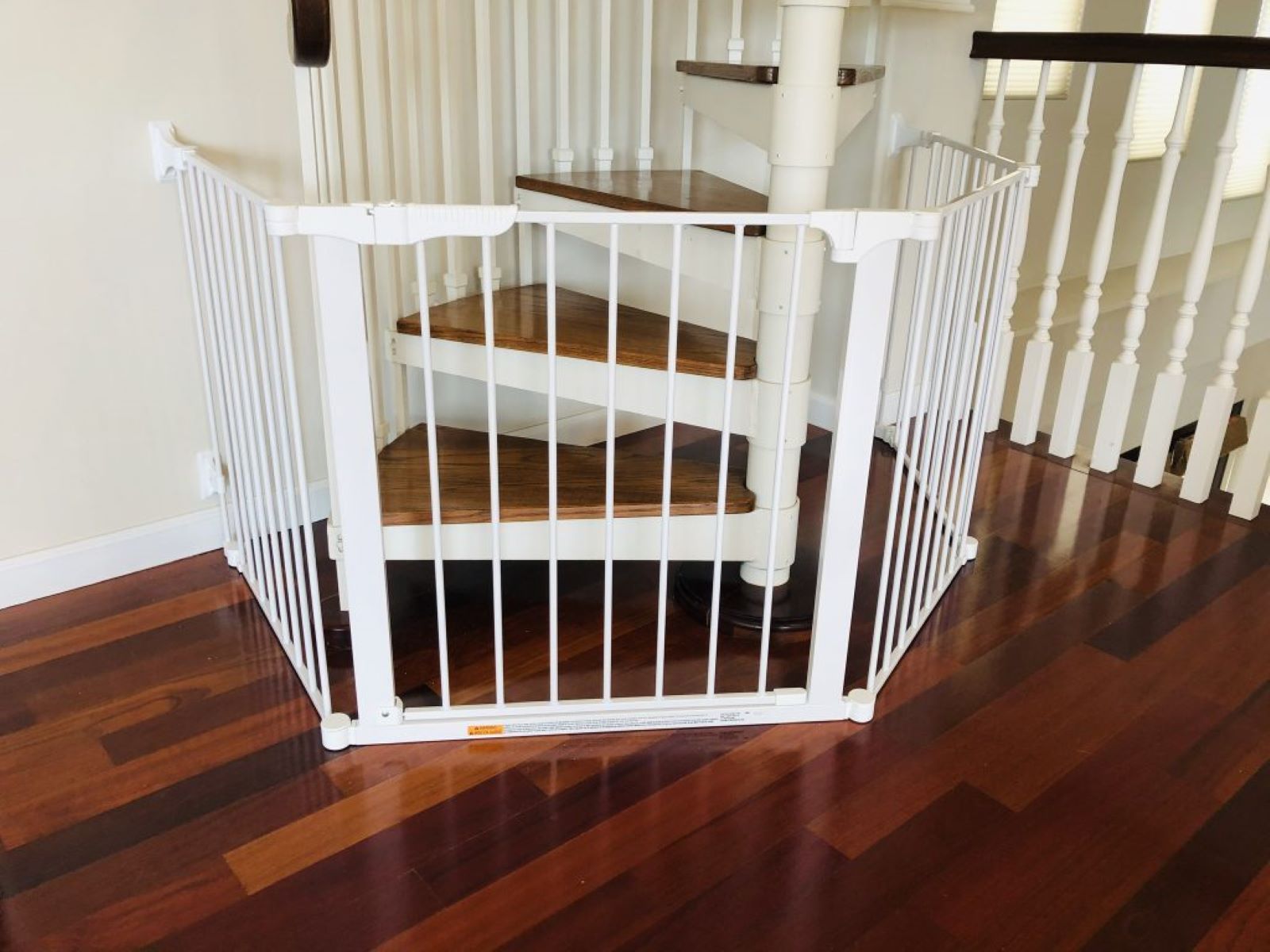
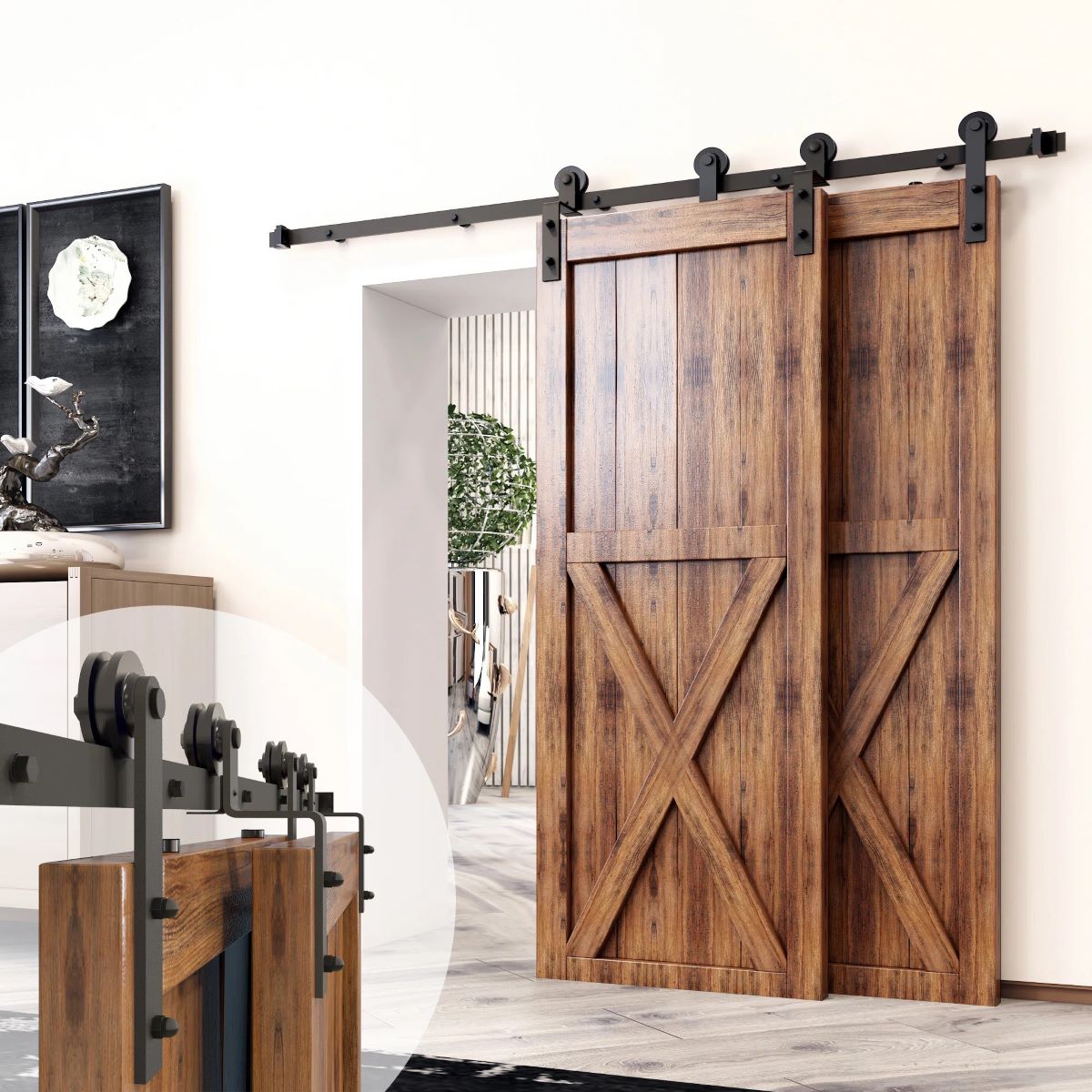

0 thoughts on “How To Childproof A Doorknob”